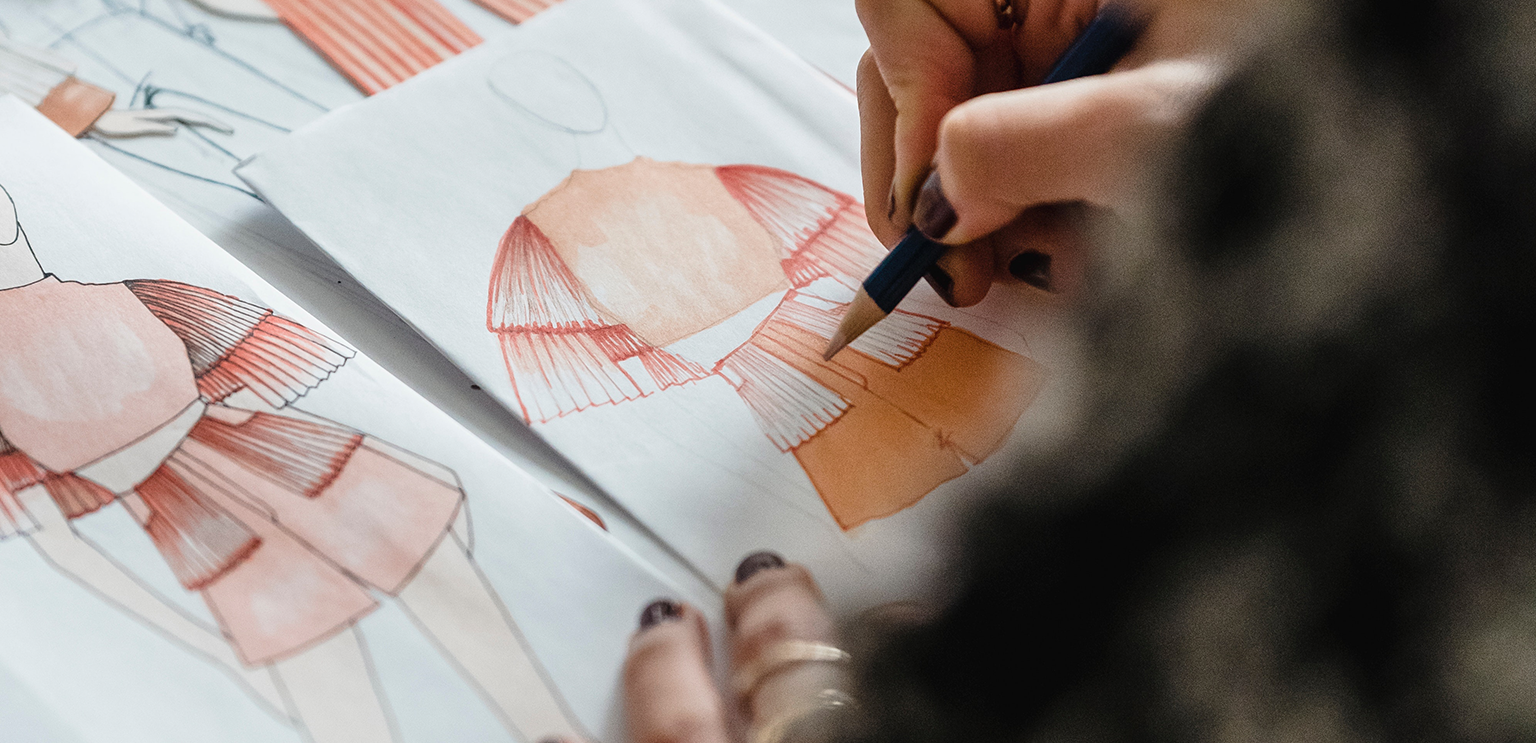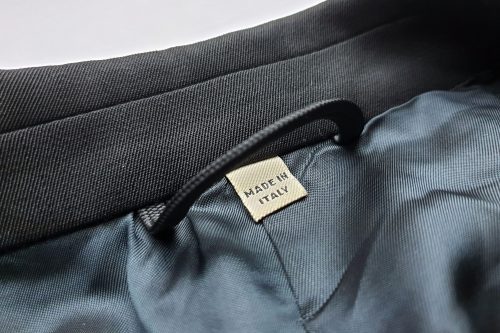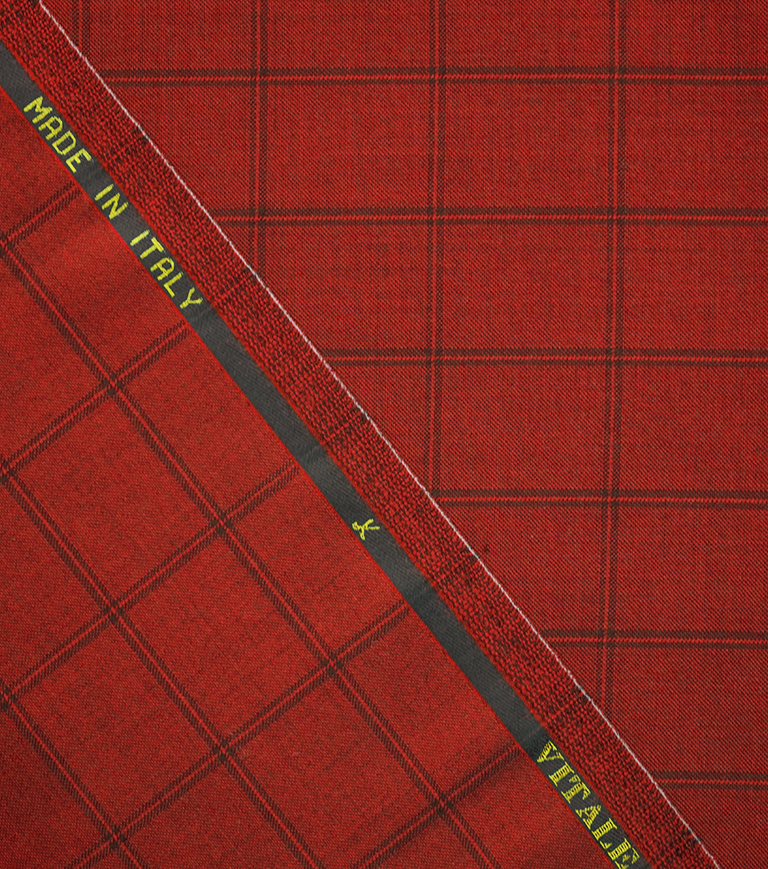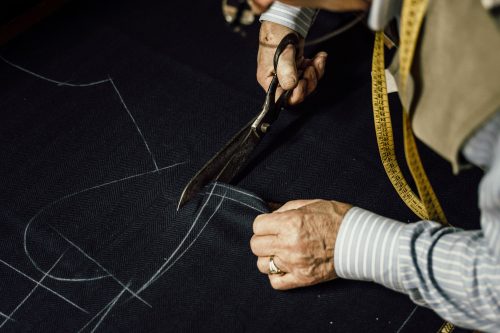company20.09.23
Made in Italy clothing: what it means and how to identify it
It’s easy to say Made in Italy. Nowadays, identifying a product of the work and ability of Italian businesses and craftsmen is becoming increasingly difficult.

It’s easy to say Made in Italy. Nowadays, identifying a product of the work and ability of Italian businesses and craftsmen is becoming increasingly difficult.

It’s easy to say Made in Italy.
Nowadays, identifying a product of the work and ability of Italian businesses and craftsmen is becoming increasingly difficult. Globalization has brought about new challenges and quantity seems to be prevailing over quality.
Acknowledging the value of Made in Italy clothes and promoting them through context-aware dissemination and an awareness creation process is therefore crucial, to make Italian excellent products known among consumers.
Let’s find out how to identify those truly Made in Italy fabrics Jersey Lomellina has been promoting for over 60 years.

Acknowledging the value of Made in Italy clothes and promoting them through context-aware dissemination and an awareness creation process is therefore crucial, to make Italian excellent products known among consumers.
Let’s step back: what’s Made in Italy? For Italians, Made in Italy stands for fabrics and labour quality, it’s a guarantee and it is synonymous to safety, and an evergreen style.
The law that protects Made in Italy items has been in force for years, but very few people know about it. Talking about fashion, the “Made in…” labels, found on apparel items produced in the European Union, are mandatory, and are expected to display the name of the country of origin. In order to clearly identify each item origins we need to apply the same rules foreseen by the European customs legislation, establishing that the Country of origin has to be the one in which the last transformational or substantial processes, determining the main features of the new product have taken place.
So, to recap, when can clothes display a Made in Italy label? Only when Made in Italy garments have a certified Italian origin according to the current regulations (artt. 23-24 of Reg. 2913/92).
The 100% Made in Italy definition is another story.
In order to further emphasize and preserve the value of Made in Italy products, the ITPI (Institute for the Protection of Italian Manufacturers), a national authority belonging to the CNEL, back in 2004 created and enforced the 100% Made in Italy Certification.
The 100% Made in Italy certification (or 100% Italy, entirely Italian, etc), is awarded only to products which, in addition to being Made in Italy according to the current law, are truly designed, engineered, processed and manufacture in Italy.
Article 16 of law n° 166 of 2009 obliges brands manufacturing Made in Italy products to provide specific information about their products origins, so as to distinguish those companies which operate exclusively on the Italian territory and those which only carry out the last substantial processes here. The ITPI institute, following this logic, established a tracking system for 100% Made in Italy certified products. Certified companies have to use the distinctive elements issued by the Institute which are characterized by an anti-imitation hologram technology and a sequential numbering system.

Made in Italy? Only when Made in Italy garments have a certified Italian origin according to the current regulations
The Made in Italy brand has succeeded not only within the national borders, but also abroad thanks to several products whose high-quality raw materials, elegant style, precious details and durability are unmistakable. The most exported products belong to four main categories Apparel, Food, Furniture, Automation.
How important is Made in Italy in the fashion world? First of all, we need to take into consideration our excellent manufacturing know-how, as well as the fact that Made in Italy products comply to the inspection criteria and laws applicable on our national territory. In addition to the quality and safety of the raw materials used, garments produced by Italian brands are famous for their style and their ability to establish fashion and luxury trends. The success of so-called Italian style becomes obvious when our most prestigious brands organize their fashion shows in the main fashion capitals. We are talking about a long-lasting success story.

The first step is to only buy original products coming from a certified supply chain.
Made in Italy is going through a difficult period due to the attacks of other countries in the world which, however, cannot guarantee the same feeling and emotions. The new generation of consumers is careful, well aware of some mechanisms and ready to take in the latest news coming from the market: It is a true call to arms for an industry which is expected to find new stimuli and the ability to rely on the Italian tradition of style and elegance.
How can consumers identify Made in Italy fashion items? The first step is to only buy original products coming from a certified supply chain. Labels always show the origins of the Italian fabrics used, since they are synonymous with quality. More specifically, when it comes to beachwear, we recommend looking for items made from Econyl® by Jersey Lomellina.
Why is it so important to choose Made in Italy beachwear products? Econyl® is a 100% regenerated nylon from waste such as fishing nets, which, at the end of their useful life, are recovered through a complex physical-chemical process.
Choosing manufacturers such as Jersey Lomellina, in addition to supporting Made in Italy, also means embracing the vision of an ethical and sustainable fashion industry, without compromising about raw materials quality.
Contact us and join our mission.